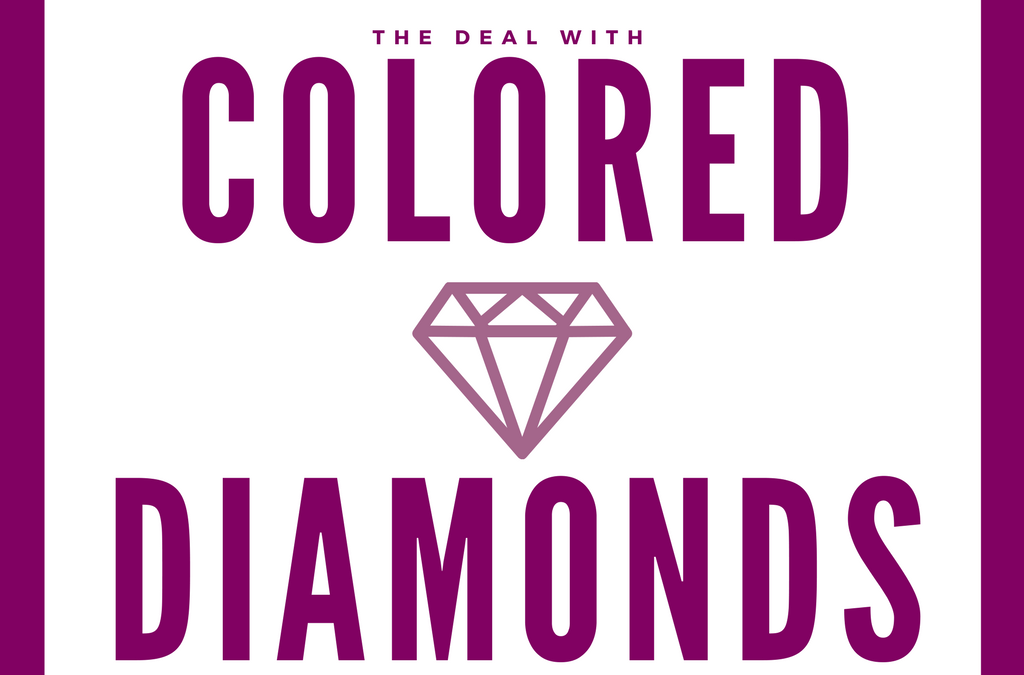Last week, Diamond World reported that the prices for colored diamonds saw a small but significant increase. The website reports, “The Fancy Color Diamond Index rose by 0.4 percent for 2016, driven by price increases for blue and pink diamonds of 5.5 percent and 1.4 percent, respectively, and offset by a 4.0 percent decline in prices of yellow diamonds.” In late 2016, CNN ran a report discussing how 2016 was the year of the colored diamond, calling them one of the greatest luxuries. It reported, “Sotheby’s claimed world record prices for six different colored diamonds varying in hue from Fancy Light Blue ($2 million) to Fancy Vivid Pink ($31 million.)”
So what’s the deal with colored diamonds? Are they made naturally or in a lab? How many colors of diamonds are there? The science is a little complicated, but the history and chemistry behind these beautiful rare gems are rather fascinating.
Pure, clear diamonds are made of nothing but pressurized, crystallized carbon heated up to 2200 degrees Fahrenheit and subjected to pressure of 725,000 pounds per square inch for years on end. This “recipe,” per se, arranges the carbon into very precise chemical structures that give diamonds their highly sought-after sparkle and hardness.
Impurities in structure or the addition of extraneous elements will cause the color to become slightly tinged with color, most commonly yellow, but sometimes other colors. The scale for the gradation of diamond colors places pure white diamonds at the highest grades (letters A through D), and all descending letters indicate lesser and lesser degrees of purities. Generally, the whiter the diamond, the more valuable, although some tricks of the trade have been utilized to make impure diamonds look better. One classic example is laying yellower diamonds in gold rather than silver to make the diamond appear whiter.
When the diamonds have slight discolorations, they’re considered of lower value, but when the discolorations are of high intensity, they suddenly become much more valuable. Bright blues, reds, pinks, and purples gross large amounts of money on the market due to their rarity in nature.
An excess of nitrogen present while the diamond is being formed will cause the gem to turn out especially yellow. Levels of natural radiation will cause a diamond to become green. Boron’s lack of available electrons compared to carbon causes structural changes that make diamonds become blue, perhaps the rarest of the colored diamonds. According to smithsonian, “Maybe, at most, one out of 200,000 diamonds found in the world has any hint of a blue color to it, and typically it’s a very pale blue.” Stress induced by the diamond’s rise to the surface of the earth’s crust causes diamonds to take on a pale to dark pink hue.
The rarity and personality of these gems makes them especially sought after, and 2017 is looking good for the colored diamond market.
